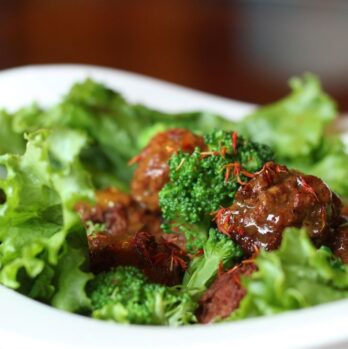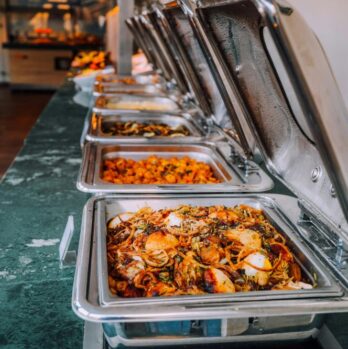Bosnian Cheese: A Culinary Journey Through Bosnias Dairy Delicacy

Introduction:
Bosnian cheese holds a significant place in the heart of Bosnia’s rich culinary heritage. From its unique production methods to the diverse range of flavors and textures, Bosnian cheese captivates the taste buds of both locals and tourists alike. In this article, we will delve into the world of Bosnian cheese, exploring its origins, types, popularity, and the fascinating history behind its production.
Exploring Bosnian Cheese

Bosnian cheese, locally known as ”Sir”, is a traditional dairy product made from cow, sheep, or goat milk. It is an indispensable ingredient in Bosnian cuisine and is used in various dishes such as pies, spreads, and grills.
Types of Bosnian Cheese
1. Travnički Sir: Made from a mixture of cow and sheep milk, Travnički Sir is one of the most popular types of Bosnian cheese. Its creamy texture and slightly tangy flavor have gained nationwide recognition.
2. Livadački Sir: This semi-hard cheese originates from the eastern part of Bosnia. It is made from sheep milk, giving it a distinctively rich and savory taste. Livadački Sir is often enjoyed on its own or paired with traditional Bosnian bread.
3. Vlašićki Sir: Named after the famous mountain region of Vlašić, this cheese is produced exclusively from cow milk. It boasts a creamy texture and mild flavor, making it a versatile choice in various culinary creations.
Quantitative Measurements of Bosnian Cheese
Bosnian cheese is traditionally measured in kilograms, varying from 200g to 2kg, depending on the type and purpose. The fat content in Bosnian cheese generally ranges from 20% to 40%, contributing to its rich taste and texture.
Unique Characteristics of Bosnian Cheese
Bosnian cheese stands out from its counterparts in various ways, both in taste and production methods.
Distinct Differences
1. Flavors: The different types of Bosnian cheese offer a diverse range of flavors, from tangy and sharp to creamy and mild. These variations cater to the taste preferences of different individuals.
2. Textures: Bosnian cheese can be categorized into soft, semi-hard, and hard cheeses, each with its own unique texture. This diversity allows for a greater variety of culinary applications.
Historical Background and Advancements
Bosnian cheese production can be traced back to centuries-old traditions, where it was made primarily in rural households. However, advancements in technology and quality control have allowed for improved consistency and quality in recent years.
1. Benefits: Bosnian cheese is a rich source of essential nutrients, including proteins, calcium, and vitamins. It forms an integral part of a balanced diet and offers numerous health benefits.
2. Challenges: Despite its popularity, Bosnian cheese faces challenges such as the availability of quality milk, production regulations, and competition from imported cheeses. Efforts are being made to address these issues and safeguard the authenticity of this iconic dairy delicacy.
Conclusion:
Bosnian cheese is not just a gastronomic delight; it represents the cultural traditions, historical heritage, and culinary pride of Bosnia. The distinct types, flavors, and textures of Bosnian cheese have captivated food enthusiasts worldwide. Whether enjoyed plain or incorporated into various dishes, Bosnian cheese continues to be the soul of Bosnian cuisine, reflecting the country’s rich culinary identity. Let us embark on this cheese journey and savor the delights of Bosnian cheese together.











